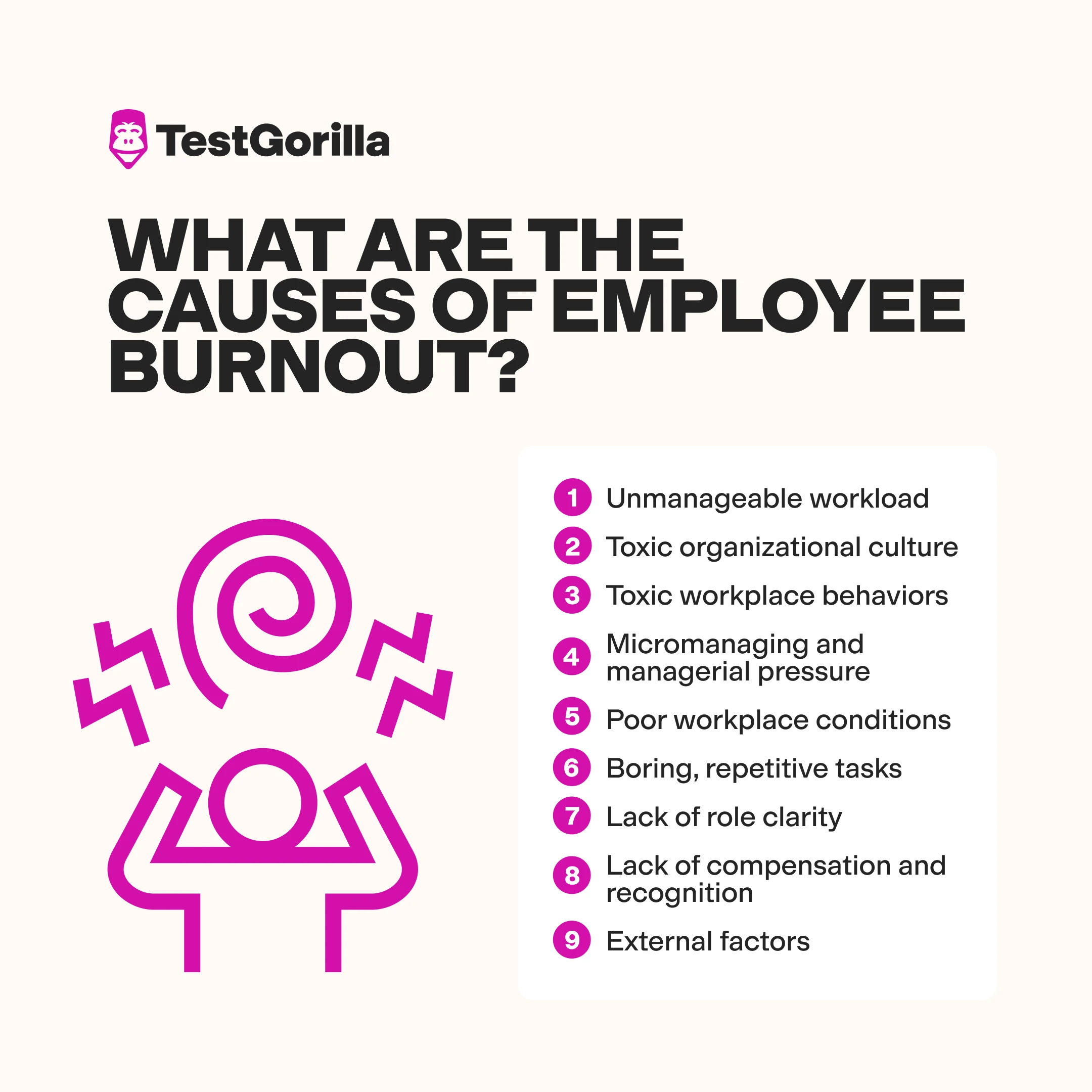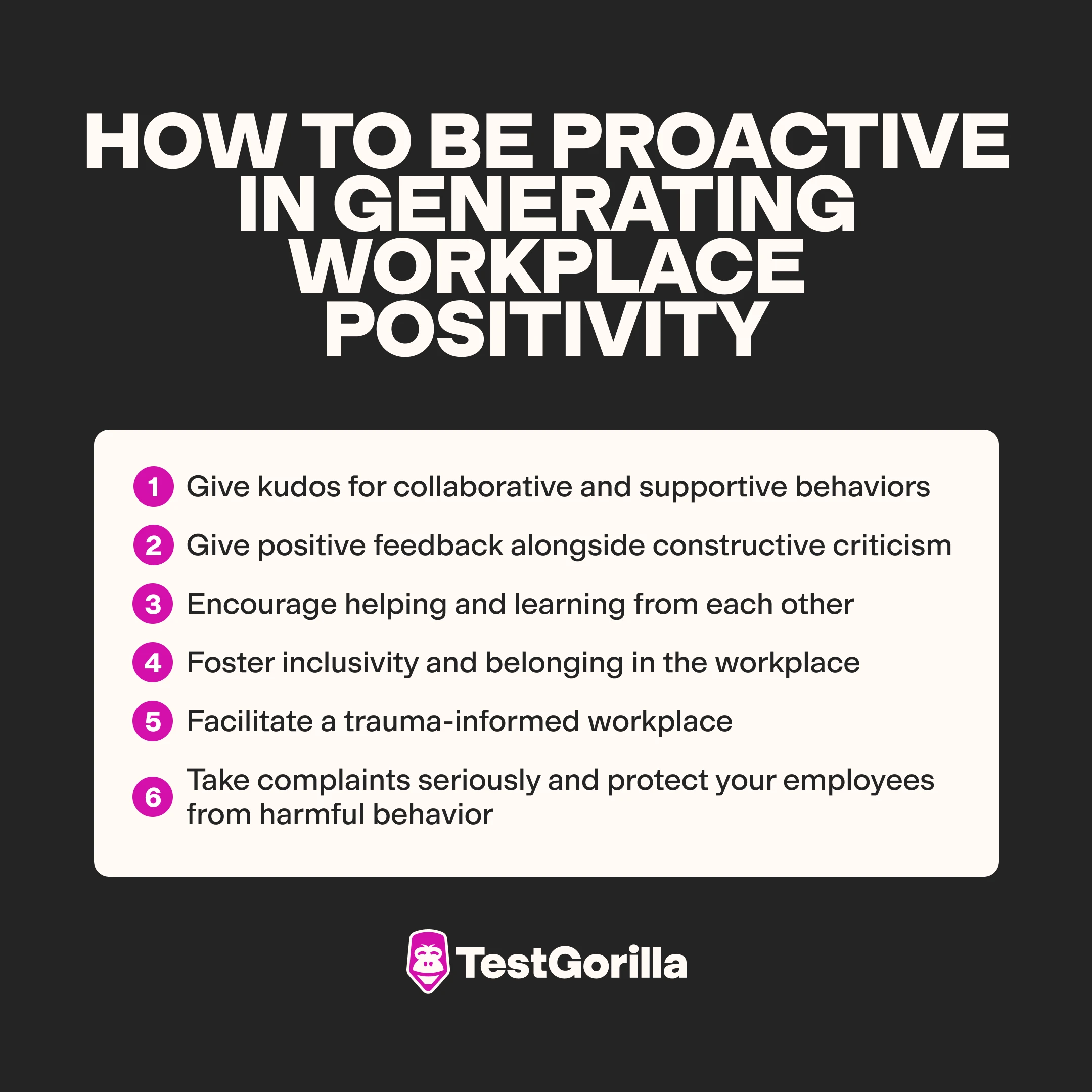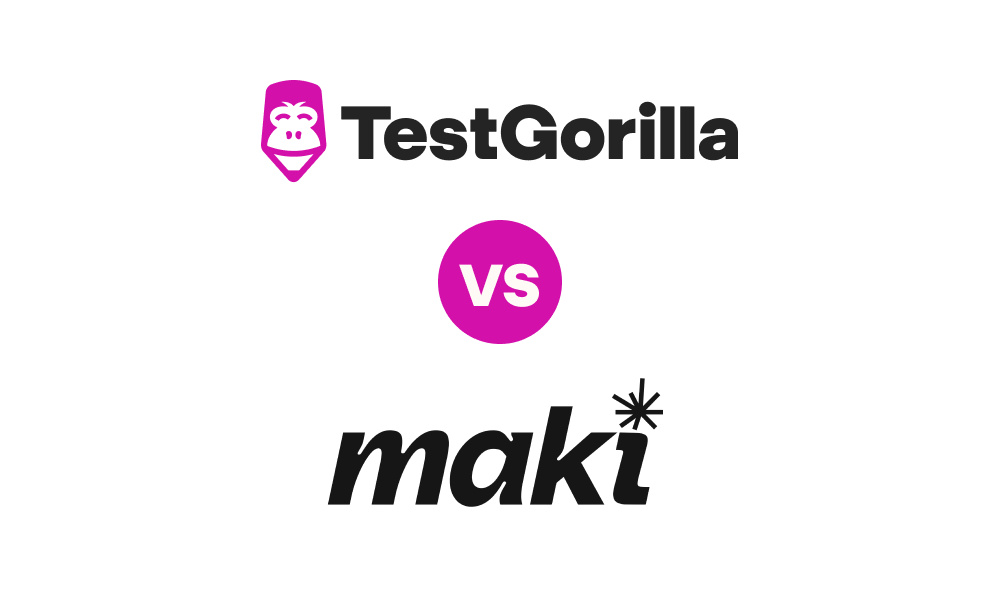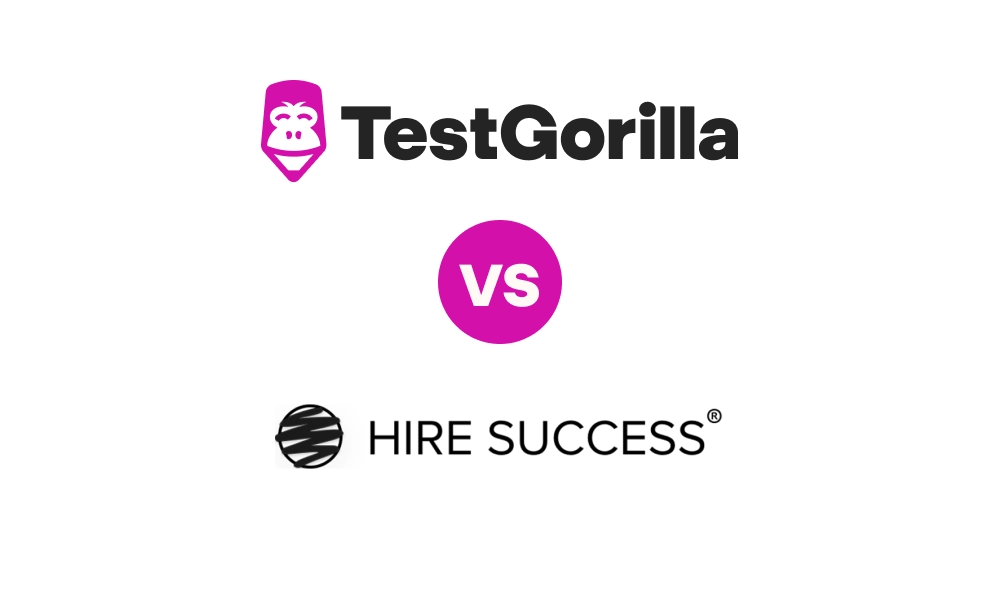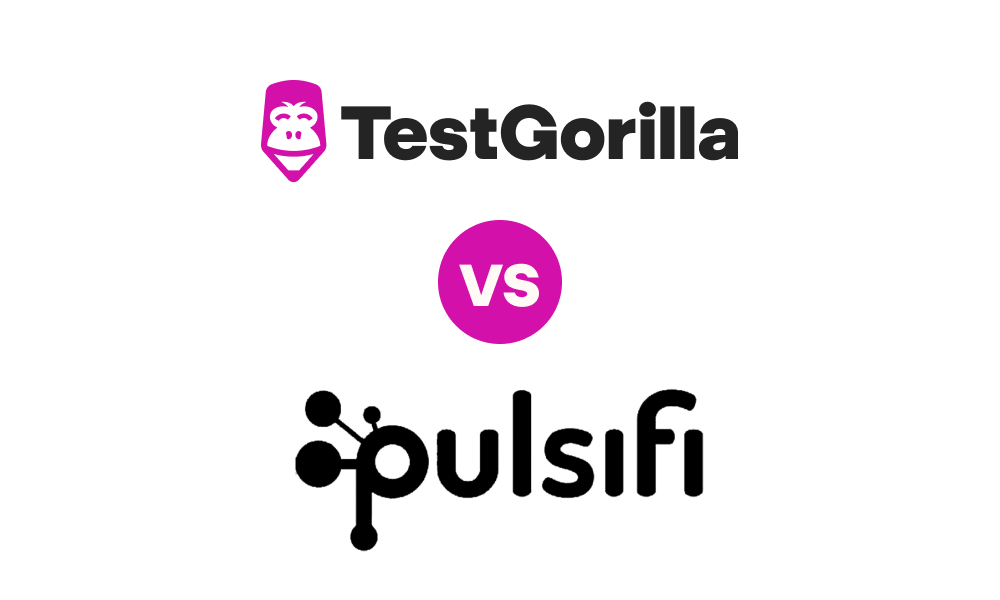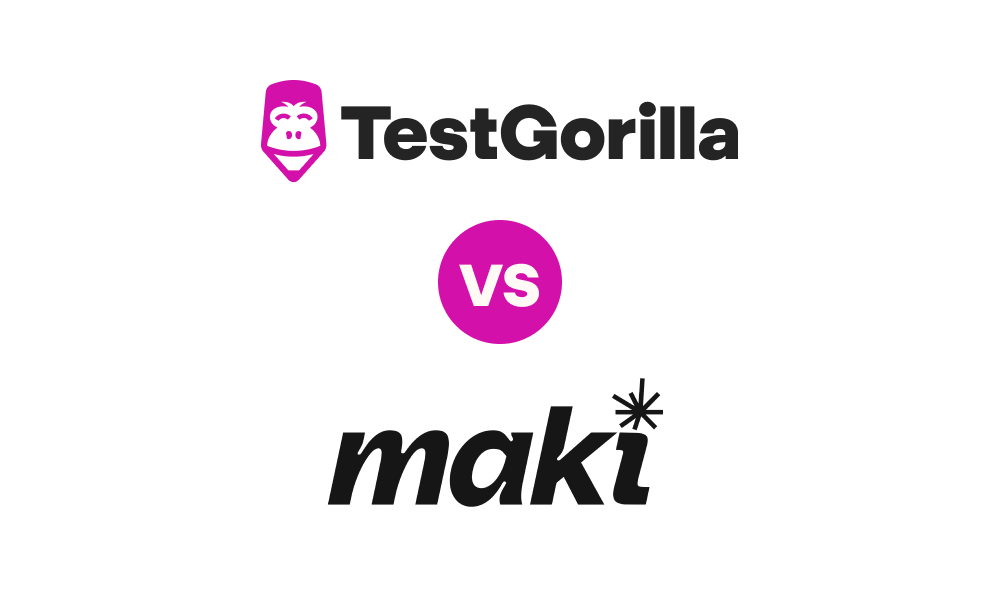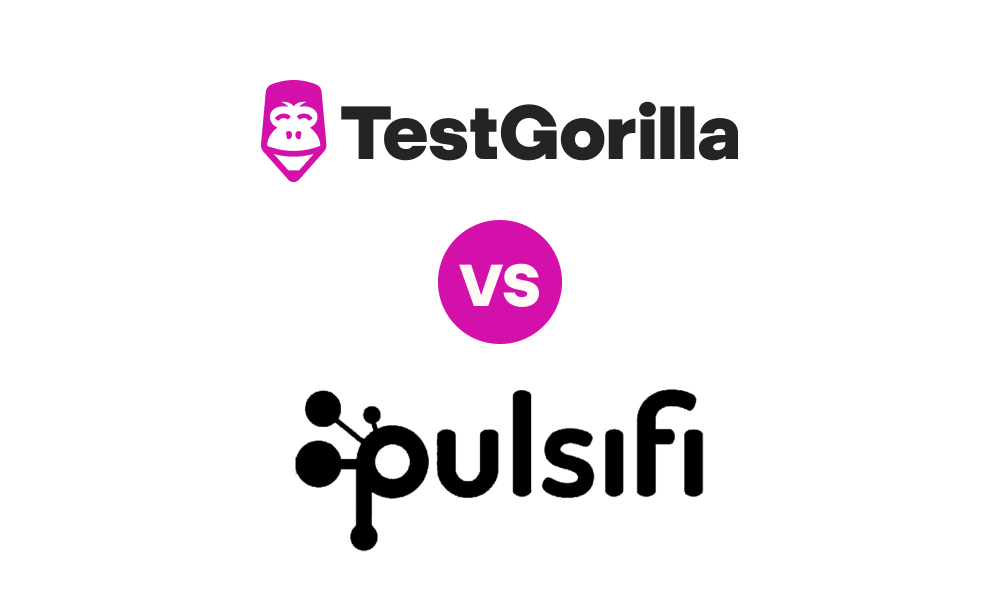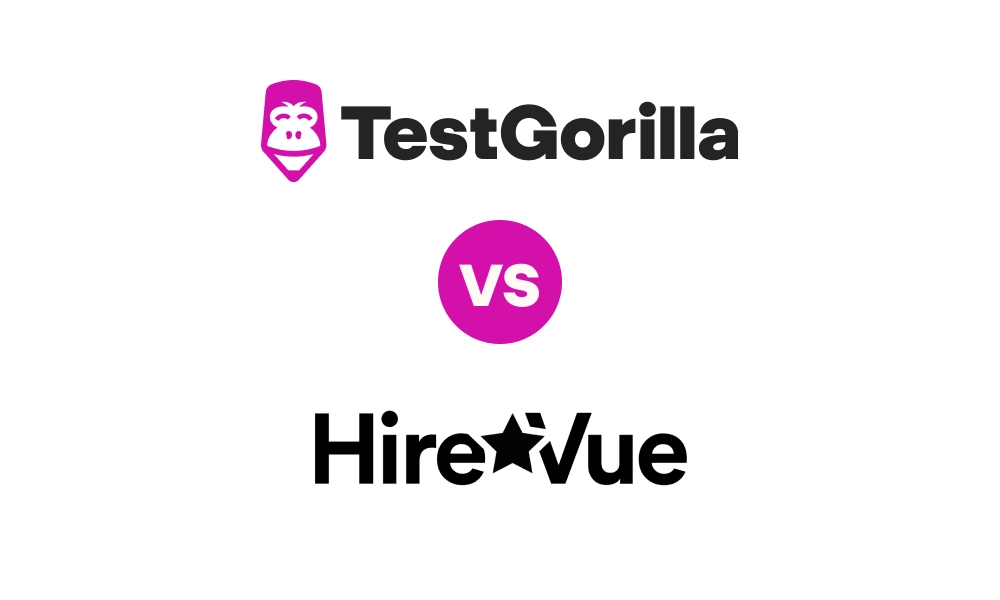Employee burnout: definition, causes, signs, and prevention
Evaluate how well candidates match open roles and your company culture
The World Health Organization estimates that 12 billion working days are lost annually due to stress, depression, or anxiety.
Occupational burnout isn’t an individual employee issue; it’s an occupational syndrome rooted in toxic workplace environments and poor management. Even motivated workers don’t last long in an unsafe environment or in a culture that chronically overworks them.
Addressing deeper systemic causes from the top is the only way to solve job burnout and avoid disengagement, absenteeism, poor performance, and high turnover.
It’s time to take employee burnout seriously. In this guide, we cover the causes of burnout, signs to watch out for, and what you can do to alleviate this problem in your company.
Table of contents
What is employee burnout?
Employee burnout results from prolonged workplace stress and exhaustion. This occupational phenomenon affects every aspect of a person’s life, causing feelings of frustration, low energy, disconnection, and general dissatisfaction.
Unfortunately, far too many employees experience burnout in the modern workplace. A recent Gallup study showed that active disengagement is up by more than 30%, marking the record for lowest employee engagement in the last eight years.
Employers mistakenly assume that these kinds of employee burnout statistics signal a personal or even an attitude issue. It doesn’t help that the signs of burnout at work often resemble symptoms of depression, concealing the deeper reasons employees struggle.
In reality, performance issues, job disengagement, and increased turnover rates are merely the consequences of existing employee burnout.
What are the causes of employee burnout?
The main causes of employee burnout are rooted in poor company culture and a toxic work environment.
Let’s explain by using some examples you may have witnessed or experienced:
Cause | In other words | Quick example |
Unmanageable workload | Too much to do, too little time | Routinely working 12-hour days and taking on several people’s workloads because the department is understaffed |
Toxic organizational culture | Unreasonable company values and practices | Taking no holidays despite the unlimited PTO policy because the manager doesn’t approve time off |
Toxic workplace behaviors | Unfair treatment | Being passed over for well-deserved kudos because of the leader’s personal bias |
Micromanaging and managerial pressure | Nitpicking, pedantic superiors | Receiving criticism with little balance or sensitivity, even for the smallest client complaints, and working under constant supervision |
Poor workplace conditions | Unsuitable or unsafe working conditions | Working with outdated technology, under poor lighting, and facing hazardous conditions such as the risk of electric shock |
Boring, repetitive tasks | No new challenges or stimulation | Having the exact same weekly responsibilities for years without receiving new challenges, leading to total detachment from the role – clock in, clock out |
Lack of role clarity | Staff is unsure of expectations and responsibilities | Having an undefined workload with a seemingly new set of responsibilities each day and becoming frustrated or anxious because they’re never sure they’re doing well |
Lack of compensation and recognition | Not receiving adequate rewards | Growing restless because they’ve been going the extra mile but have never been offered the right employee incentives – so why bother? |
External factors | Difficulties in personal life, such as family issues, bills, and illness | Navigating loss or trauma on top of being a working single parent and feeling crushed under the heavy load |
Simple wellness programs aren’t enough. Systemic change is needed in your company to avoid burned-out employees.
Even when it’s caused by external factors, job burnout shouldn’t be the sole responsibility of the worker. You can do a lot to facilitate their recovery.
Improving employee wellbeing is a win-win situation: They get better, and you get to keep them, potentially more productive and loyal than ever.
What are the signs of employee burnout?
McKinsey describes job burnout as like a lightbulb, flickering and fading before it finally goes out. Ideally, you should never wait that long.
Look for these signs of burnout in the workplace proactively:
Absenteeism and presenteeism: Frequently missing work, taking more sick days than usual, or showing up unfit for the job are common signs of employee burnout. All of these are different sides of the same coin, signaling low employee engagement
Performance issues: Making more mistakes or receiving poor customer reviews points out a struggle to focus and commit to the role.
Cynicism:A lack of hope and emotional distance as a default state at work is a sign of low job satisfaction. It could indicate the employee is resigned or giving up.
Depression or chronic exhaustion: Energy depletion and lack of motivation are common symptoms of depression and sleep deprivation. They can also stem from a lack of meaningful work.
Persistent irritability: Snapping at their colleagues more often out of exhaustion or being angry at their employer for overworking them.
Odd working hours: Logging out at 10:00 pm when they’re usually off at 7:00 pm
could be a sign of poor work-life balance, changed habits, or lower efficiency.
These signs of job burnout can damage your business. They affect work quality and performance, productivity, teamwork, and client satisfaction.
Possibly the worst part is that workers suffering from employee burnout might be seen as uncooperative or low-performing rather than an individual in need of attention and help.
Leaving them to handle these burnout symptoms alone invites the risk of losing a potentially great employee and does nothing to prevent burnout in the workplace from happening again.
How to prevent employee burnout: 7 proven tips
You can nurture an environment that naturally prevents the risk of burnout by implementing these best practices in your company.
Tip | Description |
1. Build a better, more positive company culture | Nurturing a better work environment and company culture improves morale, preventing burnout |
2. Consider alternative working arrangements | Offering flexible working arrangements helps employees work when they’re most productive and manage personal circumstances more easily |
3. Communicate clearly with your employees | Communicating gives you better insight into your workers’ needs and how well your initiatives support them |
4. Put an end to multitasking requirements and reduce workloads | Offering manageable tasks and sufficient capacity ensures employees don’t suffer from overwork |
5. Hire the right workforce with talent assessments | Recruiting the right candidates who share your values and contribute to the culture helps you prevent employee burnout from the get-go |
6. Focus on wellbeing and recognition | Prioritizing meaningful wellbeing and recognition practices nurtures talent and shows you truly care |
7. Provide career growth opportunities | Investing in career progression options helps retain your talent and also motivates them |
Let’s discuss these workplace burnout solutions in more depth.
1. Build a better, more positive company culture
The most crucial way to prevent employee burnout is also number one on this list: Creating a better company culture.
Your organizational culture is your company’s shared attitudes, practices, and values.
When this aspect is left undefined, organizational culture takes a bad turn because positive efforts aren’t recognized, and negative behaviors aren’t penalized.
Experiencing workplace negativity is stressful enough. But when it’s common practice or considered acceptable, a difficult job can turn into a constant source of burnout, emotional exhaustion, and depression.
Some signs of a negative work environment include:
Screaming, shouting, and violent communication
Putting employees down, negative remarks, and passive aggression
Sabotaging
Expecting and pressuring workers to put in 60- or 70-hour work weeks
In more extreme cases, these behaviors could lead to lasting pain and even cause workplace trauma.
To tackle a toxic culture, you have to be proactive in generating workplace positivity:
Give kudos for collaborative and supportive behaviors
Give positive feedback alongside constructive criticism
Encourage helping and learning from each other
Foster inclusivity and belonging in the workplace
Facilitate a trauma-informed workplace
Take complaints seriously and protect your employees from harmful behavior
2. Consider alternative working arrangements
Implementing a flexible-working policy can help team members deal with many causes of employee burnout.
When work is accommodating regarding when and where employees can complete their tasks, employees stress less about family-related issues, tight schedules, and long commutes.
Here are a few examples of alternative working arrangements:
Remote work
Alternative schedules, such as a 9/80 work schedule
Flexible work arrangements are a lifesaver for working parents, students, people with alternative lifestyles or health conditions, and employees working multiple jobs. A lack of support for this category can lead to heightened levels of burnout and ultimately have a negative impact on employee retention.
3. Communicate clearly with your employees
Some signs of employee burnout aren’t obvious at surface level. Building a psychologically safe work environment can encourage employees to discuss mental health issues at work, but sometimes you need to reach out to ensure things are running smoothly.
Here are some ideas to help you get a complete overview and communicate clearly with workers:
Implement 1:1 meetings every month to build a culture of communication
Involve employees in important decisions so they feel like valued members of the team
Encourage employees to set boundaries at work and keep a healthy mental distance
Send out pulse surveys to catch issues before they blow up and gather valuable insights from respondents
Microsoft runs an employee pulse survey called the “Daily Pulse.” Two key questions they ask are:
In what ways do you think Microsoft is different today than it was one year ago?
What is the biggest change you’d recommend your leadership make to allow you to be more effective in your job?
4. Put an end to multitasking requirements and reduce employee workloads
Psychological studies tell us that efficient multitasking is practically impossible, and it takes the human brain around 15 minutes to reorient itself between tasks.
Frequently having to multitask at work points to capacity overload and a churn-and-burn culture.
To avoid this work-related stress, regularly review employee’s capacity:
Remain aware of how much they’re currently handling
Determine whether or not they can take on additional tasks
Arrange their schedule so they aren’t doing too much at once
When in doubt, it’s better to leave an empty “buffer” slot just in case or check the employee’s current status.
5. Hire the right workforce with talent assessments
Skills-based hiring is your best bet at finding candidates who embody the right company values from day one and possess the right set of skills for any role.
With TestGorilla talent assessments, you can choose up to five tests from the library for a complete talent overview.
For example, our fully customizable Culture Add test is perfect for building a healthy, burnout-free workplace culture by evaluating candidates’ core values and convictions against your own. Here’s how it works:
You complete the test to set your desired benchmark for measuring candidate alignment
Each candidate’s test is scored against your benchmarks and then compared with other candidates, showing you the ideal match right away
The Culture Add test was a key factor in rebuilding the hiring process for TakeFortyTwo, one of our clients.
Using TestGorilla evaluations enabled them to see a 360-degree angle of every candidate. For their purposes, the complete assessments included technical skills (coding), strategic skills (marketing), cognitive abilities, and cultural alignment.
The switch made their hiring process much faster, easier, and more effective – leading to far fewer mishires and a better overall employee experience.
When it comes to employee burnout, here are some other tests for consideration:
The Big 5 Personality test enables you to assess your employee’s emotional stability and gives you insights into how likely they are to succumb to intense burnout
The Leadership and People Management test brings out great leaders who don’t micromanage your employees
Tests like these can also be part of your employee pulse survey, empowering you to spot development opportunities and gather employee feedback simultaneously.
To transform your hiring process and hire top talent without the negative effects of unconscious bias, sign up for your free forever account.
6. Focus on wellbeing and recognition
According to Gallup’s research, fewer than 1 in 4 employees feel that their employer cares about their wellbeing. Those who say their employer does care are 71% less likely to report experiencing a lot of burnout.
What better way to show you care than promoting employee wellbeing in meaningful ways?
Instead of a mini basketball hoop for your office door, think:
Fair compensation and proper healthcare for all employees
Wellness reimbursement and other non-traditional benefits to promote self-care and physical health
Hiring and training good leaders so nobody suffers the stressors of micromanagement
Leadership setting examples like taking time off and treating workers with respect to encourage employee mental health
Building up workplace resilience for a better perspective on challenges at work
Verbal recognition and celebration of wins to inspire more good work and positive behaviors among co-workers
Rewards like bonuses or a choice of future projects as an engagement incentive
7. Provide career growth opportunities
Ideally, all of these career growth opportunities should be on the company menu:
Upwards promotion: Traditional promotions up the ladder from junior positions towards management. You should ask about employees’ ambitions, provide learning opportunities, and be clear on the expectations leading to promotion.
Lateral promotion: Opportunities to switch roles or departments to gain new skills and do a different job for the same company. They help retain good employees who may not love their current role – they could shine somewhere else.
Specialization (or upgrading): An employee stays in their role but with higher pay and more responsibilities or specialized work. Specialization is for employees who excel at their job and love it but don’t want or aren’t suited for management roles.
Making these opportunities standard practice can motivate employees and give their work meaning, in turn helping keep job burnout at bay. It also creates a more mobile and skilled workforce that employees are less likely to leave.
How to manage employee burnout
A person experiencing burnout from work is already in distress and needs immediate support.
Listen to your workers' personal experiences to uncover the source of their occupational burnout and find the appropriate short- and long-term solutions.
For example:
Cause | Short-term solutions | Long-term solutions |
Overwork | - Decrease the employee’s workload - Help with any lagging tasks - Encourage them to take some time off work | - Ensure you balance workloads evenly among teammates - Consider setting a minimum required PTO per year - Analyze gaps in the company and hire if you’re understaffed |
Toxic behavior | - Address disrespectful behavior or unfair treatment - Consider moving the employee to a different environment | - Make culture just as important as hard skills in your recognition system - Clarify what the undesirable behaviors and their repercussions are - Test how candidates' core beliefs and behaviors match your business |
Most importantly, take employee concerns seriously and implement your company values. Showing that you care about them is a good first step to turning around potential cynicism or disengagement.
Employee burnout doesn’t have to rule your workforce
Bottom line: Taking steps to manage and ultimately prevent employee burnout is your responsibility as a manager and leader. The biggest move you can make is to improve your company culture – starting at the door.
Our top tip for avoiding employee burnout is to use skills-based hiring to deliberately choose top talent that matches the open role and adds to your company culture.
Sign up for a demo to see TestGorilla assessments in action, or get started immediately with your free forever plan.
For more reading on company culture and tips to improve it from a human resources perspective, read our article on assessing organizational culture.
Employee burnout FAQs
Do you still have some burnout-related questions? Find the answers to four commonly asked questions below.
What are the five symptoms of burnout?
Absenteeism or presenteeism
Performance issues
Chronic emotional, mental, or physical exhaustion
Persistent irritability
Odd working hours
What does employee burnout look like?
An employee who’s moving towards burnout might look increasingly exhausted or disconnected. They might:
Engage less, maybe even stop answering phone calls
Procrastinate their tasks and start falling behind on deadlines
Show less initiative on work projects and communication
Be easily ticked off or have conflicts with colleagues
Miss meetings
Seem to not care about their performance or work in general
Need extra long to complete their usual work and make more errors
How long does burnout last?
Unfortunately, burnout isn’t one of those conditions that go away on their own. Employee burnout lasts and progressively gets worse until the root causes are addressed. Depending on the severity and the type of support they receive from the company, recovery can take weeks or months.
How do you solve burnout at work?
For existing burnout, you need to identify the root cause and base your short and long-term solution tactics around it. An employee who feels their work is wasted on repetitive, meaningless tasks doesn’t need the same support as their colleague who hasn’t taken any holiday leave since 2022.
Hire the best candidates with TestGorilla
Create pre-employment assessments in minutes to screen candidates, save time, and hire the best talent.
Latest posts
The best advice in pre-employment testing, in your inbox.
No spam. Unsubscribe at any time.

Hire the best. No bias. No stress.
Our screening tests identify the best candidates and make your hiring decisions faster, easier, and bias-free.
Free resources
This checklist covers key features you should look for when choosing a skills testing platform
This resource will help you develop an onboarding checklist for new hires.
How to assess your candidates' attention to detail.
Learn how to get human resources certified through HRCI or SHRM.
Learn how you can improve the level of talent at your company.
Learn how CapitalT reduced hiring bias with online skills assessments.
Learn how to make the resume process more efficient and more effective.
Improve your hiring strategy with these 7 critical recruitment metrics.
Learn how Sukhi decreased time spent reviewing resumes by 83%!
Hire more efficiently with these hacks that 99% of recruiters aren't using.
Make a business case for diversity and inclusion initiatives with this data.

